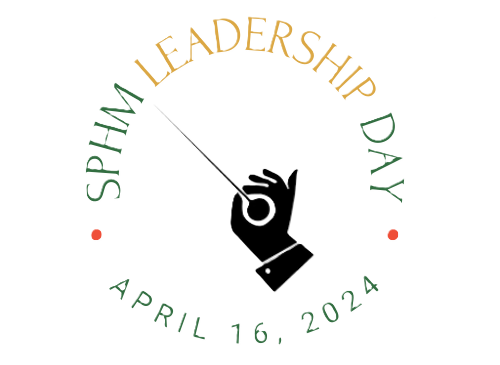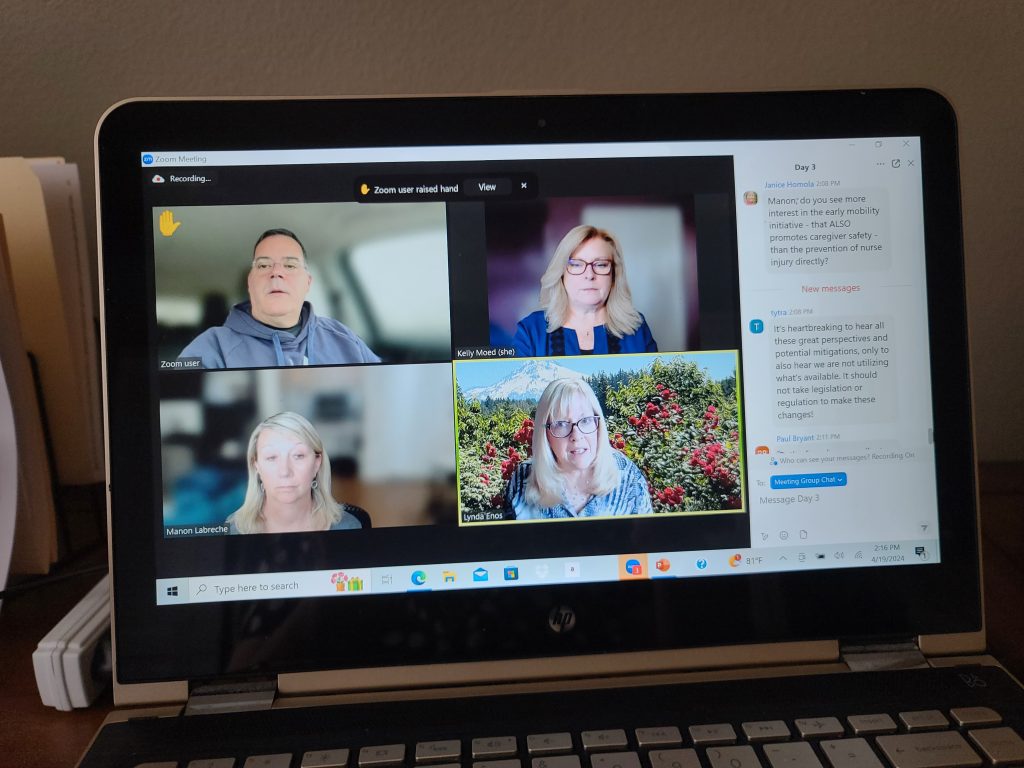

April 2024 saw the second virtual summit sponsored by the International Journal of SPHM & Falls Management. Each of the 3 days had a distinct focus.
Day 1 took attendees back to where it all began with presentations on the history of SPHM and falls management, the importance of using basic ergonomic principles alongside the technology, the challenges experienced by those involved n the technology industry back in the day and now, and the way forward in home health care.
Day 2 focused on technology solutions for specific clinical areas or client groups, including radiology, EMS, patient transport, bathing immobile patients, managing patient incontinence, and the specific challenges faced by caregivers when keeping the person suffering from dementia, safe.

Day 3 concentrated on the future with a focus on the inclusion of SPHM at curriculum level, as well as what the expert panel would like to see in the future to keep SPHM as an important safety issue. Ideas included:
An interesting question was posed. Why, after all these years of interventions,are nurses and HCAs still right up there in the BLS statistics of workplace injuries? Definitely one for the philosophers of the industry, but a very fundamental and relevant question that needs to be answered.
2 key messages emerged from the summit as we move forward with SPHM.
Never try to sell it to a worker unless it is efficient
SAFETY, QUALITY AND EFFICIENCY IS THE MAGIC TRIFECTA TO SUCCESS AND SUSTAINABILITY
Enter your details to download our free special issue, "Early Mobility."
Download our free monthly special issue, "Early Mobility."
See a list of vetted SPHM vendors and their products.